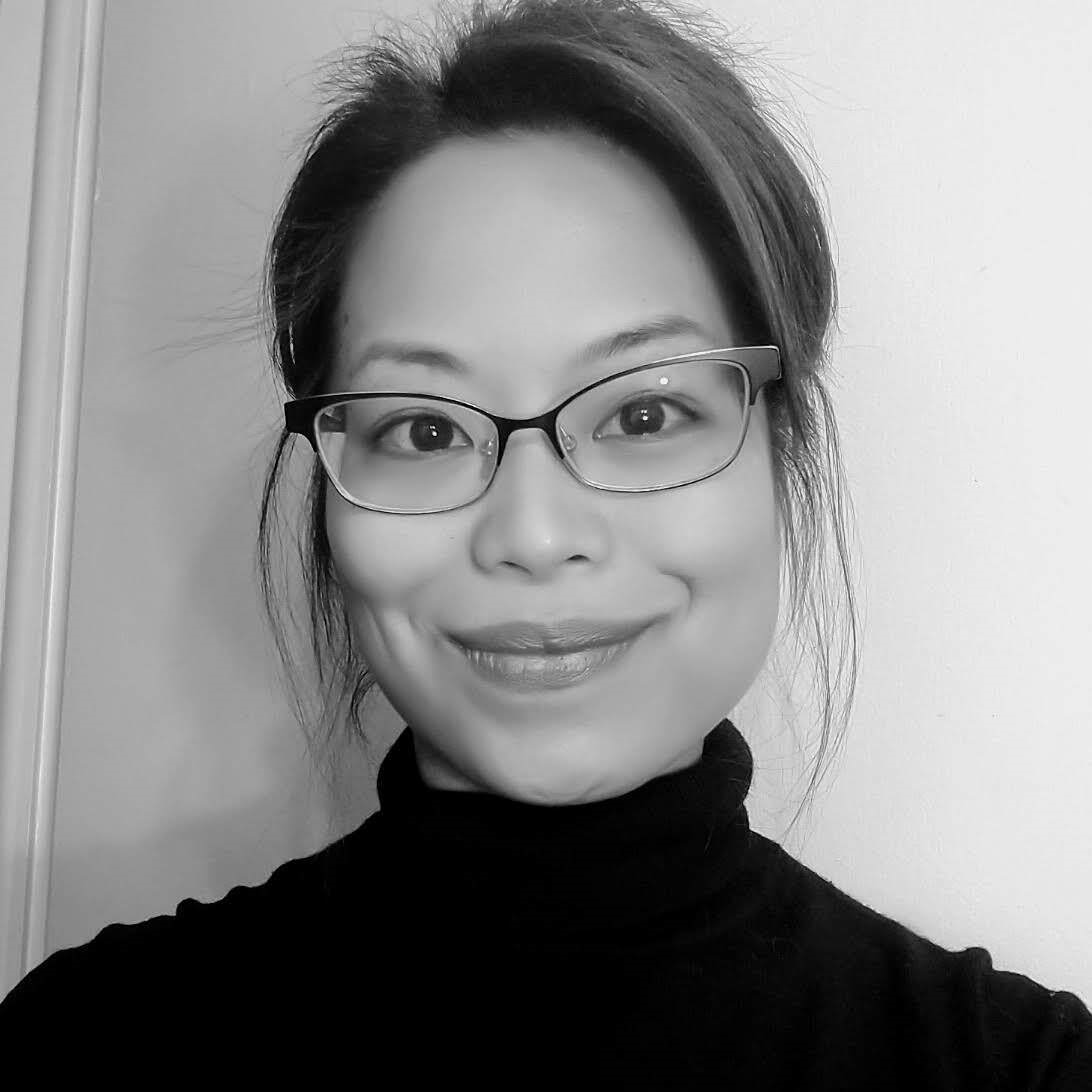 Open data, design, & development at the Office of Natural Resources Revenue
Open data, design, & development at the Office of Natural Resources Revenue
Joining the team: my onboarding experience at the Office of Natural Resources Revenue
October 28, 2020
“Explore all facets of user experience research and design at the Department of the Interior’s Office of Natural Resources Revenue (ONRR)”, read the description for this Virtual Student Federal Service (VSFS) opportunity as a UX apprentice. On seeing ONRR’s guarantee of a broad experience in the design discipline, I was eager to apply. Plus, it was for a government project, and I was curious. I wondered how a dynamic design process could be worked into what I imagined was a more rigid system. When the offer was extended to me, I - of course - accepted. Soon I would get a glimpse into the answers to some of my questions.
Prior to the official UX apprentice kickoff was a week of onboarding where we were given our first look into the inner workings of the team at ONRR. That week was a whirlwind of emails, endless pinging of messages received (the contents of which were inscrutable to me), and a lively team chat full of colorful and unique emojis, including a cheerfully trotting rainbow-colored corgi.
Amidst the flurry and tumult that comes with being a newcomer in a well-established work process, Shannon, our UX expert and mentor, gave us a step-by-step intern onboarding checklist. It was a roadmap tailored to fresh UX interns, to navigate us through our new bustling digital environments to learn some background and foundational info about the team and their approach to design.
In going through that checklist, three things stood out to me. Firstly, GitHub was omnipresent throughout their process - unusual in the design world. However, it became more and more evident that the platform was used to support a truly cross-functional team. “Be wary of any team that wants designers to work separately from developers,” read a line from one of the documents. “Watch out for words like ‘handoff’”. Useful info, I thought, as my experience so far in UX asserted that division.
Secondly - though this may not come as too much of a surprise - there is a lot to keep in mind when designing in the government. This included getting informed consent and being careful with personally identifiable information in the research process. While I learned these things to some degree in prior UX training, they were often applied rather loosely. Then, of course, another critical consideration was designing for accessibility. In outside industries, accessibility is often acknowledged as best design practices and sometimes with little follow-through. However, for the government designing for accessibility isn’t an option; it’s a necessity.
Finally, one of the most memorable details from that onboarding process was that ONRR had allowed some remote work for over 10 years. This was impressive since most of us in the new pandemic world were grappling with the logistics of remote work and remote learning. The team’s 10+ years of experience working in this way was felt underneath the seeming noise of onboarding for us interns; there was a definite infrastructure that was streamlined and efficient. It was evident in my close observation of their process: in their methodical use of GitHub, in their detailed documentation that revealed an exacting logic, and in the thoughtful onboarding checklist itself which anticipated and prepared for the disorientation of incoming apprentices.
And perhaps even more remarkable was that, rather than it being a cold and aloof efficiency, there was a discernible light-heartedness and levity in the way they worked together. This was evident in the banter and deadpan humor in their chats and, of course, in their mascot—a cheerfully trotting rainbow-colored corgi.
Suggestions
I found the onboarding process for UX interns to be well thought out and organized. If we did have any questions, Shannon was available to guide us. The UX apprenticeship role through the VSFS is only in its second year at ONRR. With that comes its growing pains. So here are some add-ons I’d recommend:
• Begin building out a UX intern FAQs. I imagine the same problems and questions keep cropping for each intern and each round of the apprenticeship.
• Include a document that introduces the main people we’ll interact with—their names, roles and responsibilities, and a little bit of background info about them. We were all introduced to one another, but it was easy to forget who was who and who did what.
• Include a document of past UX projects apprentices worked on. This can help interns get an idea of the kind of work they can expect to do.
Note : Reference in this blog to any specific commercial product, process, or service, is for the information and convenience of the public, and does not constitute endorsement, recommendation, or favoring by the Department of the Interior.
